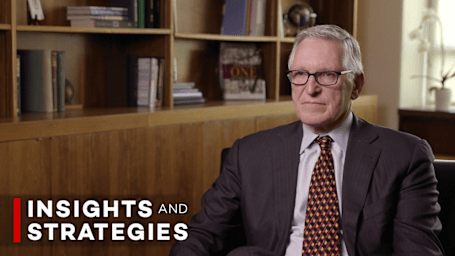
Anyone can appear guilty under pressure, says Professor Robert Feldman. This can cause a web of lies on the suspect’s part and tunnel vision and faulty judgment on the part of the accusers.
Police and accusers often make the assumption that a suspect is being deceptive. Professor Robert Feldman explains to Eve Ash that deception bias of this kind can lead to faulty judgments. A person when interrogated can experience cognitive overload and lie through anxiety or confusion. Verbal or body language cues are not necessarily an indicator of lying. Eve Ash cites the case of Tasmanian woman Sue Neill-Fraser who was convicted and jailed for the murder of her partner. Being accused might have led to telling lies of omission and mistaken memory.
This program is one of the Insights and Strategies Series, featuring psychologist Eve Ash interviewing a range of experts and business leaders who share their experiences and practical strategies for achieving best practice.
Click here to get the Transcript.
Business Outcomes
This program is designed to help people learn more about human behavior and why people lie. It also provides an interesting exploration of wrongful convictions, false confessions, misidentification by witnesses and polygraphs.







